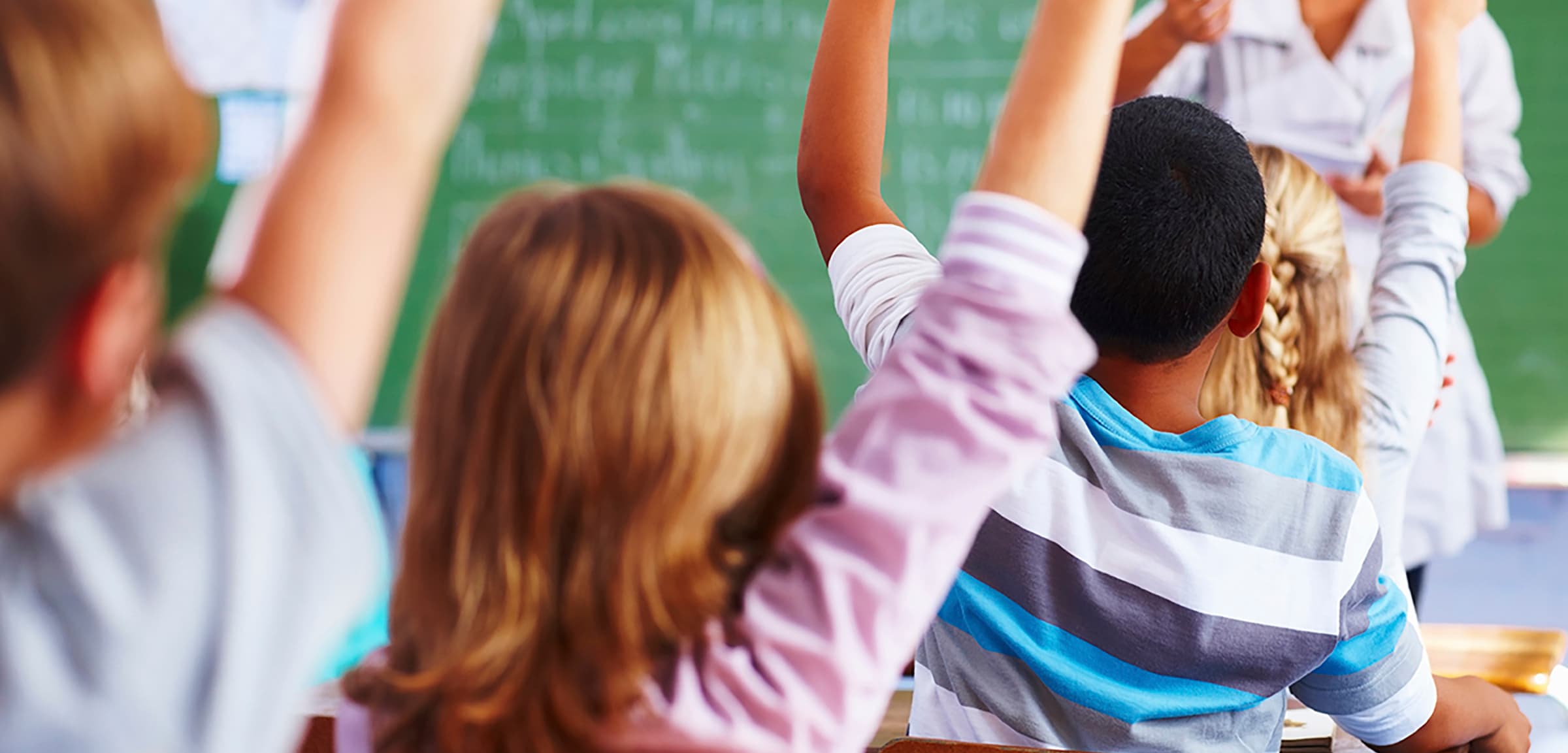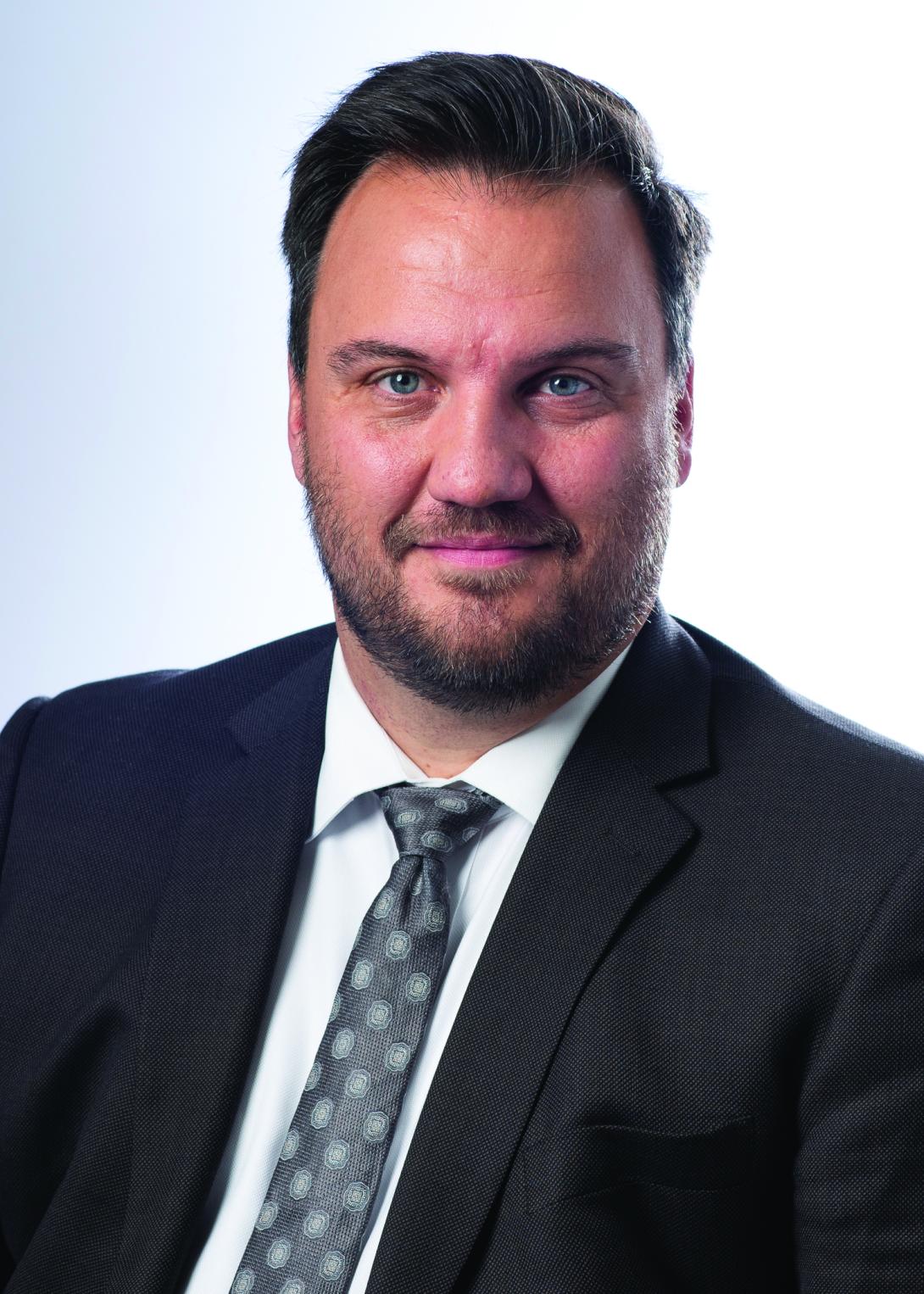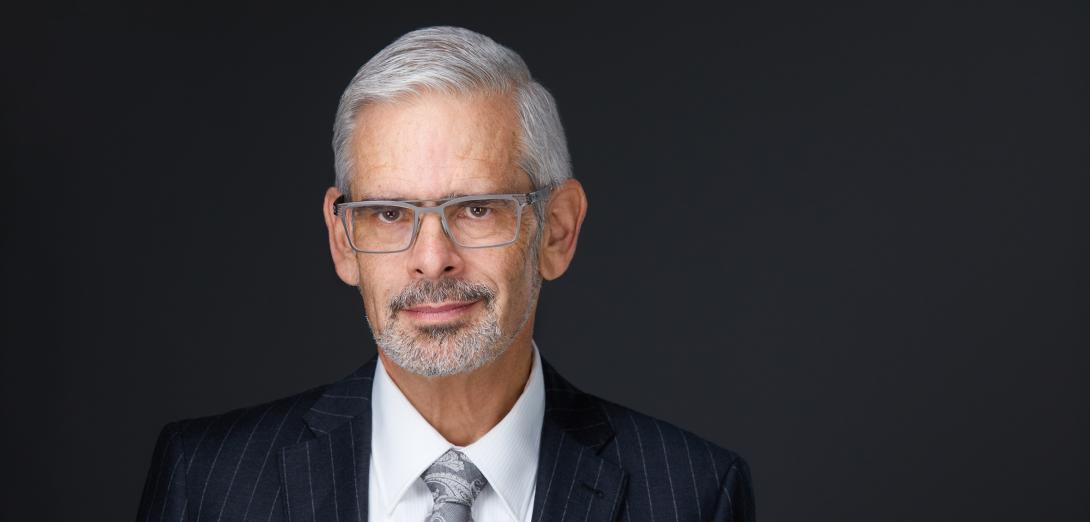Class size was the most cited issue facing education in Alberta according to a recent poll conducted by the Alberta Teachers’ Association. When asked what the top issues were in education, one in four responses cited class size.
The poll of 900 randomly selected Albertans also found that 72 per cent of Albertans believed that class sizes in Alberta’s public schools were “too big,” with 20 per cent saying that class sizes were “about right” and just two per cent believing that class sizes were “too small”.
The survey, conducted by Janet Brown Opinion Research, was in the field from Aug. 11 to 28, 2023, before classes resumed for this school year and before several news articles came out citing significant increases in class sizes this fall.
“The proportion of Albertans who agree that class sizes are too large is the highest recorded since this question was first asked in 2012,” said pollster Janet Brown. “It’s also noteworthy that agreement that class sizes are too large is strong across all regions of the province, and among both parents of school-age children (74 per cent agree) and non-parents (71 per cent).”
Many school boards, particularly in urban and suburban areas, are experiencing significant enrolment growth this fall, within a funding model that doesn’t fully fund enrolment growth until three years later. Edmonton Public Schools is estimating an increase of 5,000 more students in their school division, while Edmonton Catholic is expecting an increase of about 2,000 more students. Calgary Public and Catholic school divisions are expecting 7,000 and 2,000 additional students, respectively.
In a statement sent to media, the office of Education Minister Demetrios Nicolaides said this year’s education budget increased by 5.2 per cent, including $820 million earmarked to hire more than 3,000 teachers and education workers over the next three years.
“We are working hard to keep up with the enrolment pressure by increasing funding and building new schools,” said Nicolaides in a statement to media. “My mandate letter from Premier Smith calls upon me to continue to significantly expand school builds in our growing communities.”
Critics are concerned, though, as school builds are years behind and the weighted moving average provides only 50 per cent of funding for new students in their first year of enrolment, transitioning to full funding only by year three.
“I expect we will have more than 20,000 additional students in schools this year, but schools will only be funded for 10,000 more—that’s a lot of students that need to be taught without funding,” said ATA president Jason Schilling. “The crisis of class size and complexity has existed for years, but we are still years away from solving it, unfortunately.”
Anecdotally, many Alberta teachers are reporting class sizes in the mid-to-high 30s with a few reports of class sizes over 40. A report on class size from Edmonton Public School Board last school year showed that their largest elementary core subject class had 36 students in it, with an average of 3.5 students with special needs and 7.5 ESL students included. The largest junior high and high school core classes had 46 students enrolled. The report also showed that average elementary class sizes had grown by 7.5 per cent over the previous two years and secondary classes grew by nearly 5 per cent.
The publication of complete data on class sizes for all Alberta school divisions was discontinued by the government in 2019.
Public education underfunded; charter schools overfunded
Despite viewing public education as being underfunded, Albertans perceived public schools to be of high quality.
Sixty-eight per cent of Albertans believe that the Alberta government is not spending enough on public education, compared to just four per cent of respondents who say the government is spending too much. For private schools, 29 per cent say too much is spent, compared to 13 per cent who say funding is not enough. For charter schools, the too-much-spending sentiment rises to 39 per cent.
Many school boards... are experiencing significant enrolment growth... within a funding model that doesn’t fully fund enrolment growth until three years later.
When asked to grade the quality of schools on a scale of zero to 10, 53 per cent of respondents gave a rating of seven or more to public schools. The average rating of 6.5 was on par with the 6.6 average rating given to the quality of private schools and a bit ahead of the 6.3 rating given to charter schools.
The survey responses also gave failing grades to the government’s new elementary school curriculum. Albertans were asked whether they agreed that the proposed curriculum would provide students with the knowledge and skills they would need for success in life: 54 per cent of Albertans disagreed, including 33 per cent who strongly disagreed. Only 30 per cent agreed.
Overall, 53 per cent of Albertans said they disapproved (29 per cent strongly disapproved) of the government’s handling of K–12 education, whereas 42 per cent said they approved of the government’s performance in education.
Schilling says the polling helps to bolster the Association’s messages and advocacy for improved classroom conditions.
“Albertans share the same concerns that teachers have about our education system,” he said. “Public education is incredibly valued and respected, but it needs to be supported better.”
“This polling shows me that our messaging has worked in the past and that as we continue to push, Albertans will have our back.”
Poll respondents were initially contacted by phone (including 60 per cent cell phones) and then given the opportunity to complete the survey over the phone or online. A sample size of 900 respondents provides a margin of error of plus or minus 3.3 percentage points, 19 times out of 20. ❚



